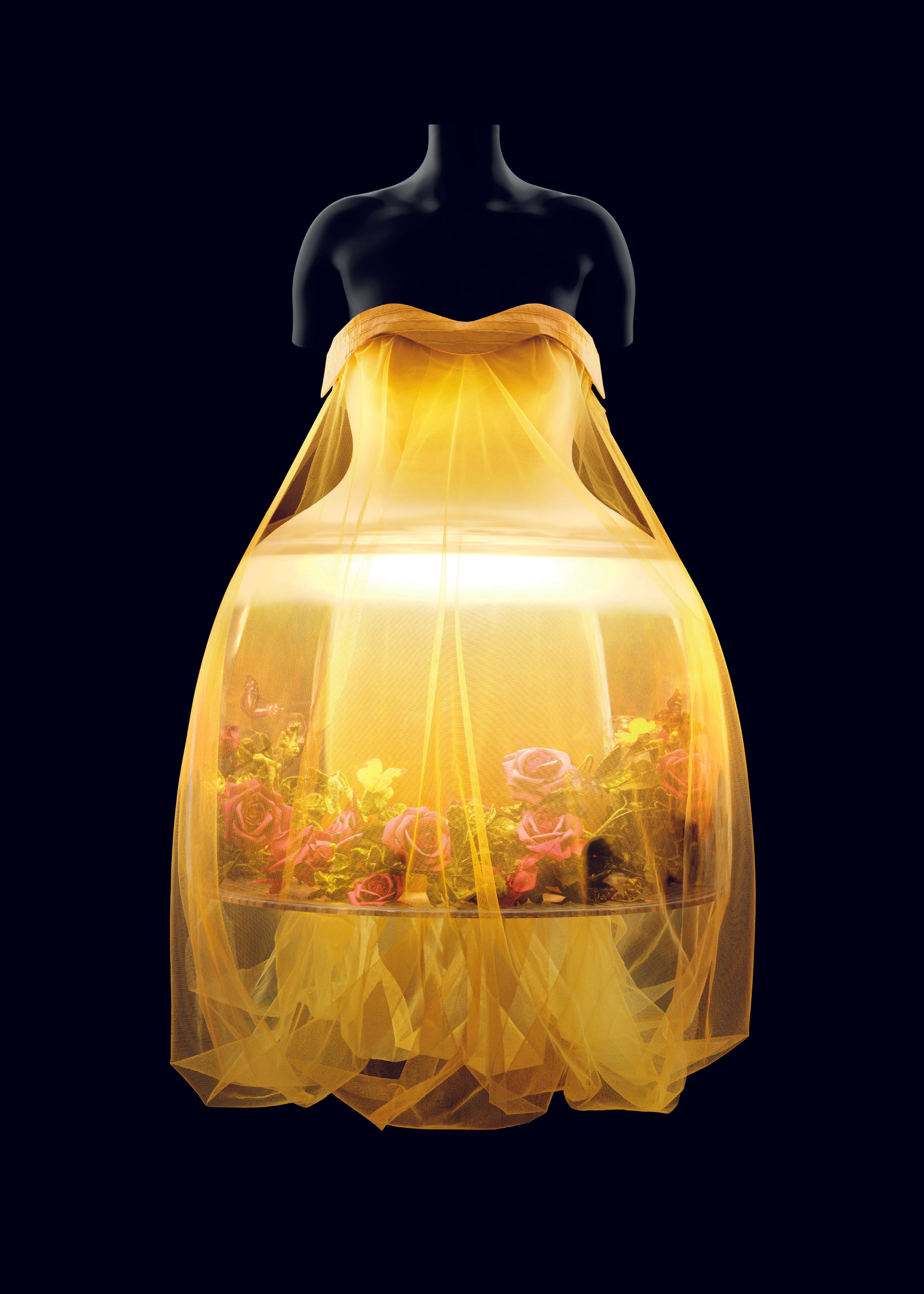Wedding ensemble
With its cathedral-length train, this dramatic example of a French couture wedding gown illustrates the sleek, reductive look of 1930s fashion. Both construction and design details mark it as an example from Callot Soeurs. The scallops on the train, worked on the bias, are a signature figuration of the design house. The treatment gives the effect of rippling water, as in a Japanese landscape, and is consistent with the Callot predilection for Asian inspiration. While this dress dates from the period after Madame Gerber's retirement from Callot Soeurs, it serves as evidence that the next generation, Madame's sons Pierre and Jacques, inherited their mother's design sensibility and executed effective designs until the business merged with the house of Calvert in 1937.
Artwork Details
- Title:Wedding ensemble
- Design House:Callot Soeurs (French, active 1895–1937)
- Designer:Attributed to Pierre Gerber (French)
- Designer:Attributed to Jacques Gerber (French)
- Designer:Madame Suzy (French)
- Date:1930
- Culture:French
- Medium:silk, plastic (cellulose acetate), linen, leather
- Credit Line:Brooklyn Museum Costume Collection at The Metropolitan Museum of Art, Gift of the Brooklyn Museum, 2009; Gift of Mrs. Russell Davenport, 1963
- Object Number:2009.300.1300a–f
- Curatorial Department: The Costume Institute
More Artwork
Research Resources
The Met provides unparalleled resources for research and welcomes an international community of students and scholars. The Met's Open Access API is where creators and researchers can connect to the The Met collection. Open Access data and public domain images are available for unrestricted commercial and noncommercial use without permission or fee.
To request images under copyright and other restrictions, please use this Image Request form.
Feedback
We continue to research and examine historical and cultural context for objects in The Met collection. If you have comments or questions about this object record, please contact us using the form below. The Museum looks forward to receiving your comments.
